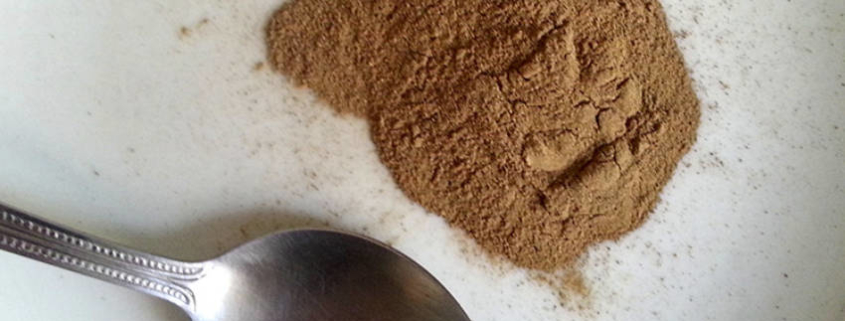The Use of Osteopathy in Dependency Rehabilitation
We know that any substance dependency has more than just a physical aspect and that it is important to treat any drug dependency holistically. The American Osteopathic Academy of Addiction Medicine has been promoting the inclusion of addiction in training programs for osteopathy. This movement is gaining momentum as recognition of the role osteopathy has to play in medicine generally and the field of addiction medicine particularly, as part of a multi-disciplinary core, offering support and healing to the patient, continues to grow.
Hands-on healing has long played a positive role in achieving relaxation and the release of tension and stress. Osteopathy specifically is able to target imbalances caused by drug or alcohol abuse in the body through the stimulation of neurotransmitters to bring about more effective function of both body and mind. In circumstances where the dependency has come about through over use of habit-forming pain relief, the use of osteopathic healing is able to provide viable, non-addictive and natural alternatives to pain management. Osteopathic care comes under the umbrella of therapeutic care, alongside therapies such as acupuncture and massage.
Restoring the Body’s Natural Balance
The presence of absence of particular chemicals which occur naturally in the body, such as dopamine and serotonin, can have an effect on our mental and emotional state. The presence of these and other neurotransmitters results in a feeling of wellbeing and balance, while their absence leads to dis-ease. The use of osteopathy in re-aligning the spine, for example, assists the body to return to its natural balance, helping to restore normal levels of these “happy” chemicals. Muscle energy techniques, for example, have been shown to be effective in breaking down barriers to motility. It is known that somatic dysfunction (impaired or altered function of related components of the somatic (body framework) system: skeletal; arthrodial; myofascial structures; related vascular, lymphatic and neural elements) of the cervical area of the spine is known to be linked to restricted motion, muscle tension and tenderness and/or pain. Further, studies have shown a significant difference in subjects who have undergone osteopathic treatment as opposed to those left untreated. The changing attitudes within mainstream medicine towards complementary therapies such as osteopathy is evident, with psychologists now beginning to acknowledge that it has a role in treating recovering addicts.
Recovering from an addiction can result in the patient feeling somewhat disconnected from their own physical body; and therapies such as osteopathy play an important role in allowing people to get back in touch with themselves in a positive way. People are also able to accept and allow their bodies to be comfortable, particularly where there has been a long history of chronic pain.
The holistic approach of osteopathic care supports a more natural and sustainable solution to pain management and forms part of the modality that many treatment centers are now offering to their patients. Rather than prescribing yet more addictive medications to an already substance-vulnerable patient, the use of complementary techniques such as osteopathy can guide them towards a healthier, more balanced lifestyle, which treats not just the physical pain but also anxiety and spiritual unrest.
Drug rehabilitation over the last decade has moved significantly into a holistic arena; where therapeutic techniques are used hand in hand with traditional treatment programs to offer healing to the whole person, rather than just physical aspects, recognizing that patients are more than just bodies. Addiction recovery helplines focus on matching callers to the best possible treatment for their specific problem, referring them to local centers offering the most appropriate approach to their dependency issues and treating the patient as an individual, not just a body. Not only do these types of programs treat the chemical addiction, they focus on supporting the patient in dealing with core issues and support them through behavior changes to new patterns which are at once more healthy and beneficial to the individual. This includes supporting patients through physiological and psychological adjustments to life without drugs, which may have maskedunderlying chronic pain.
Because neuropathic pain is often experienced by recovering addicts, the use of osteopathy in managing pain is accepted as being of value to the patient. The Journal of the American Osteopathic Association emphasizes that osteopathic manipulative treatment should be offered to all patients with chronic pain as either primary or adjunctive treatment.
View a list of common complains that Osteopathy can assist with
Discovery the benefits of Osteopathy
- What is Osteopathy?
- Adult health issues
- Babies and Children
- During and after pregnancy
- Common Complaints
- Testimonials
- Sports Injuries
- Genral Osteopathy FAQs
- The Science & Reasearch



